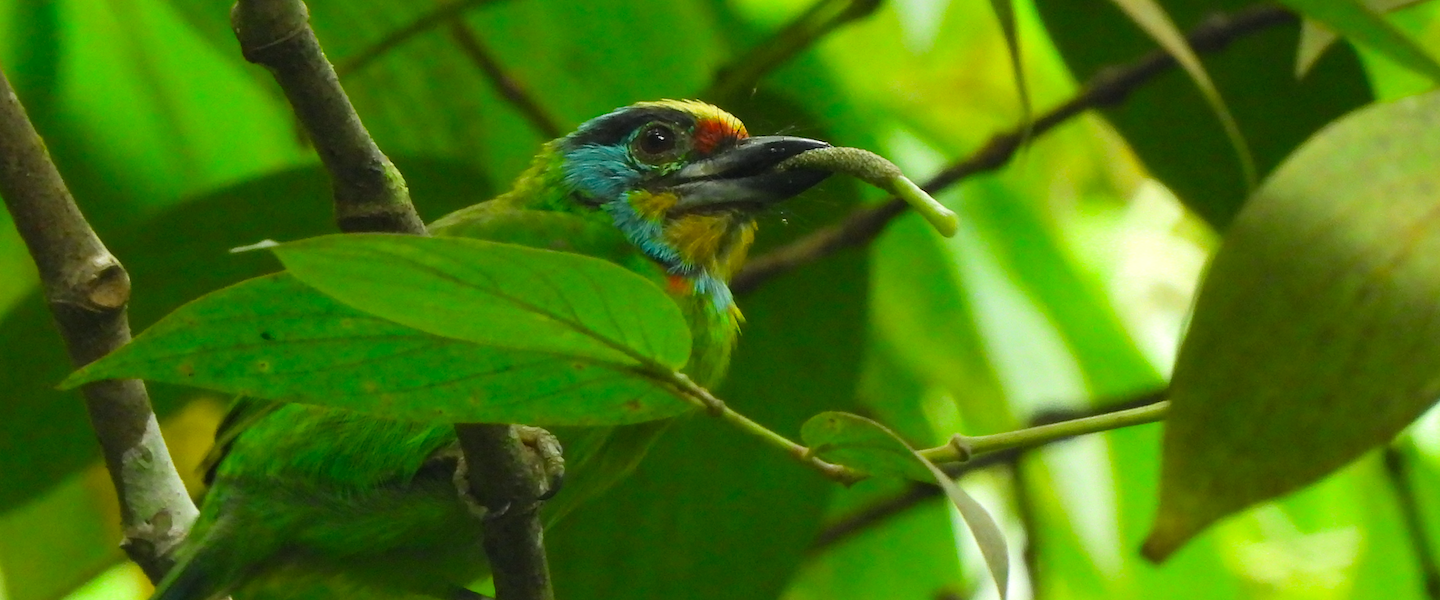Witnessing how spring arrives and sets in Helsinki is extraordinary. Before leaving to Lapland on Monday last week, leaves were only starting to spring. By Sunday, all the green areas of Helsinki had become, indeed, green. The only memory of winter now came with the snowflake-like seeds of beech flying and gently falling all over the place. The whole atmosphere becomes warmer and welcoming, and people and wildlife alike seem to enjoy the process.
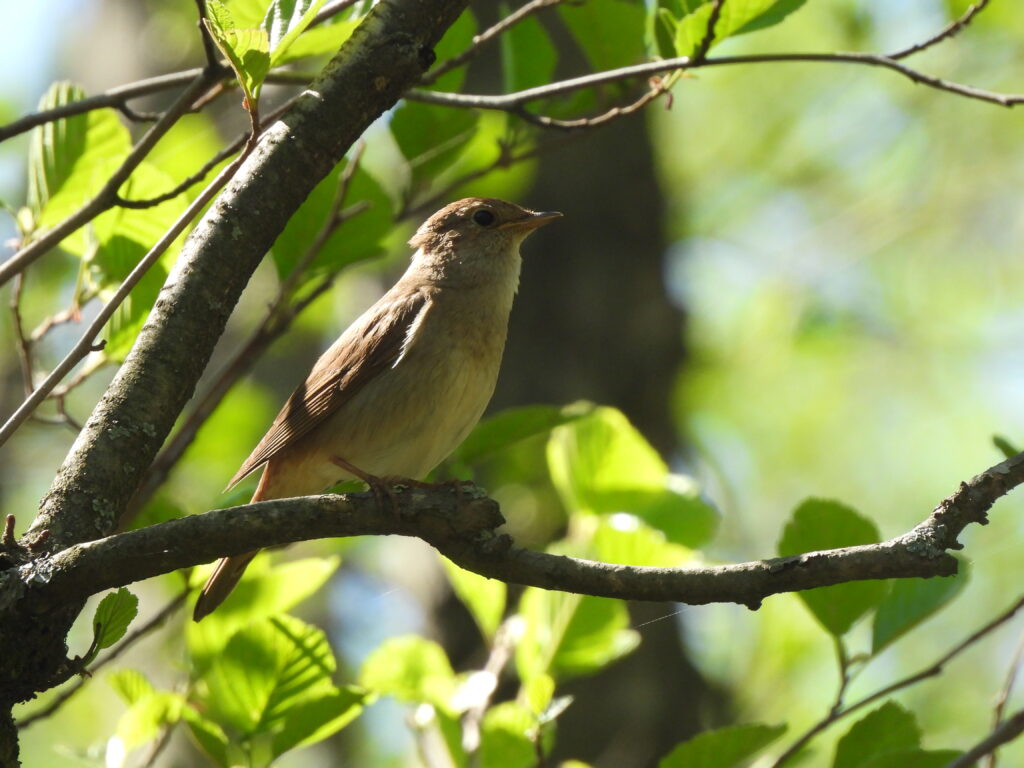
After over two full years based here, this is my last week in Helsinki as I recently graduated from my studies. I have enjoyed the wonders (and suffered the consequences) of all seasons in this latitude, and Finnish summer is undoubtedly my favorite season. Thus, I aimed to stay out as much and as long as I could during this last week. It really paid off.
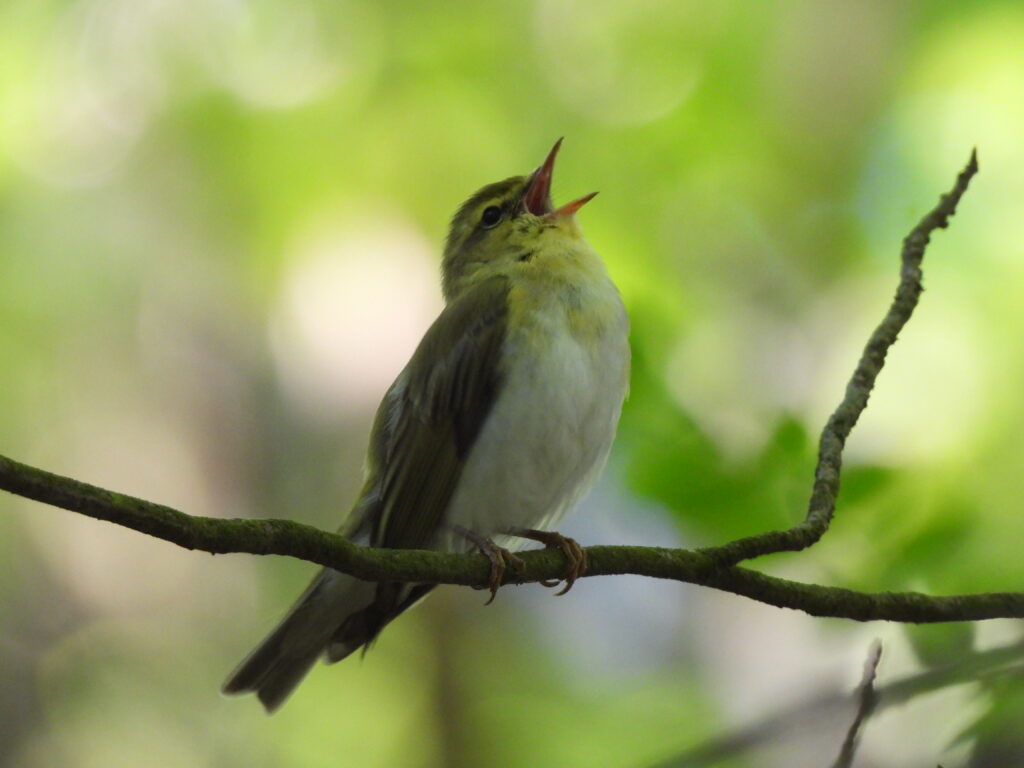
On Monday 20th May, I joined my friends Amaia Gonzaga and Lucas Bogaert for a short night walk around Vanhankaupunginlahti. I hadn’t really been around in Viikki at night in a long time, especially at this time of the year when darkness comes so late in the day. In the waterways around Viikki, we found the local water vole (Arvicola amphibius) swimming between the reeds. Songs of different thrush nightingales (Luscinia luscinia) enlightened the night.
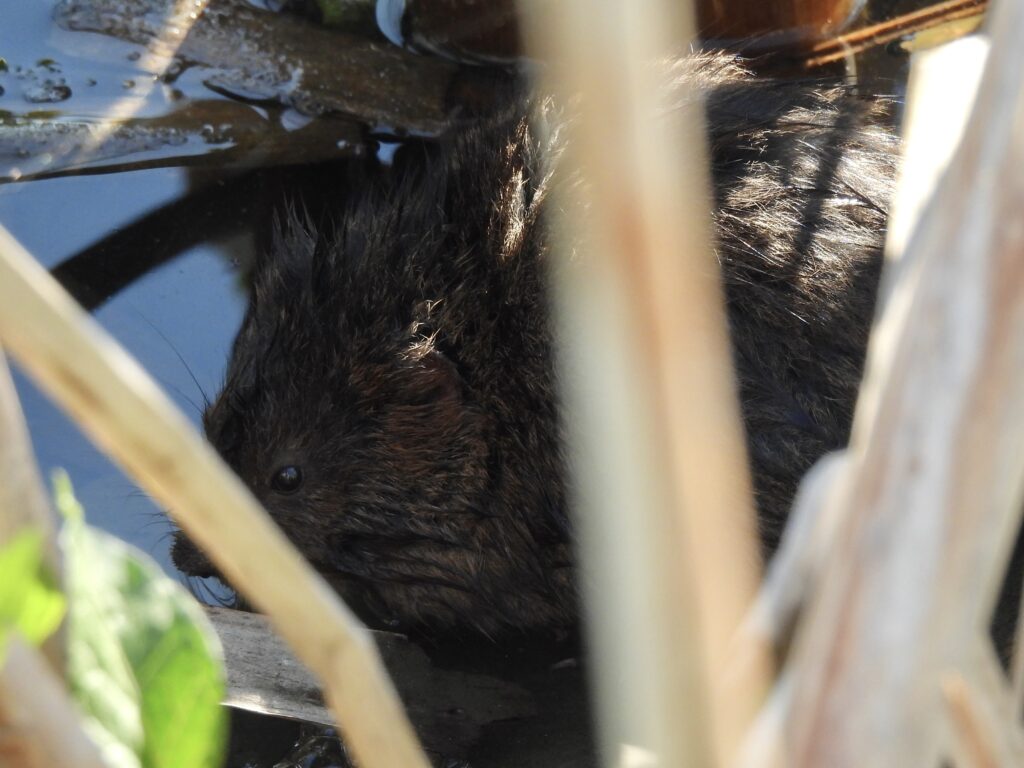
We walked towards Keinumäki tower, surrounded by wide reedbeds and a flooded grassland. From the main road in the forest, at around 23.15, we heard the singular calls of a distant corn crake (Crex crex). A local birder approached and came with us to the Keinumäki tower to hear the corn crake together. Around 20 minutes later, while suffering the burden of the first mosquitos of the year (which got more numerous as days passed by), the corn crake started calling again, in the grasses right down of the tower. I’m excited, as this is the first time I contact with this species, quite uncommon in Helsinki. On top of that, in the background, we can hear the distant song of a Savi’s warbler (Locustella luscinioides), a very scarce visitor in the region that settled down in the bay last summer and has come again this year. Sedge warblers (Acrocephalus schoenobaenus) and a common reed warbler (Acrocephalus scirpaceus) sing in the reeds too.

On Wednesday 22nd early morning, I visited the same area again, this time with Valeria Valanne, Giorgio Zavattoni, Amaia Gonzaga and other friends. The corn crake was still present, calling at broad daylight at around 06:30 in the tall grasses mixed with shrubs and pine trees right next to the path to Keinumäki. The bird was a lifer for most of us. The forest in the morning was alive with the songs of wood warblers (Phylloscopus sibilatrix), lesser whitethroats (Curruca curruca), willow warblers (Phylloscopus trochilus) and goldcrests (Regulus regulus).
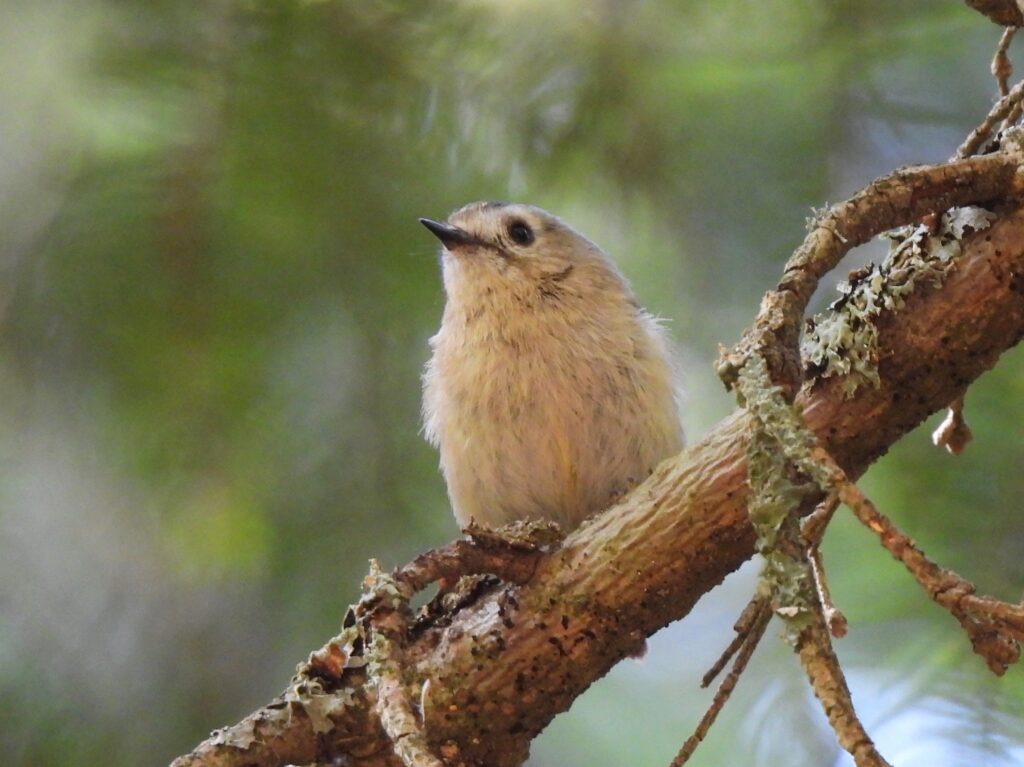
We made it to the new observatory between Hakala and Purolahti, where many waders feed. Male ruffs (Calidrid pugnax) show edtheir best looks in a quite big group. Among wood sandpipers (Tringa glareola), northern lapwings (Vanellus vanellus) and little ringed plovers (Thinornis dubius), we noticed the presence of some tinny little waders — three Temminck’s stints (Calidris temmincki) and two broad-billed sandpipers (Calidris falcinellus). Closer to us, around the tower, a couple of western yellow wagtail (Motacilla flava), few reed buntings (Emberiza schoeniclus), a common rosefinch (Carpodacus erythrinus) and a garden warbler (Sylvia borin) set the boundaries of their territories.

On Thursday 23rd, Mihika Sen prepared a fantastic Indian dinner and we later enjoyed some Finnish sauna while waiting for night to come. We planned to hear the corn crake again, as it is a lifer for her, too. When we reached Keinumäki right after midnight, we noticed a distinctive, unfamiliar call — a spotted crake (Porzana porzana)! This is the first time I detect this elusive species in Finland. The bird seemed to be very close to the tower, in the flooded grassland in front. All while we heard the local Savi’s warbler in the distance. And, after a good wait, the corn crake joined the calls so both crakes sang together. What a show!
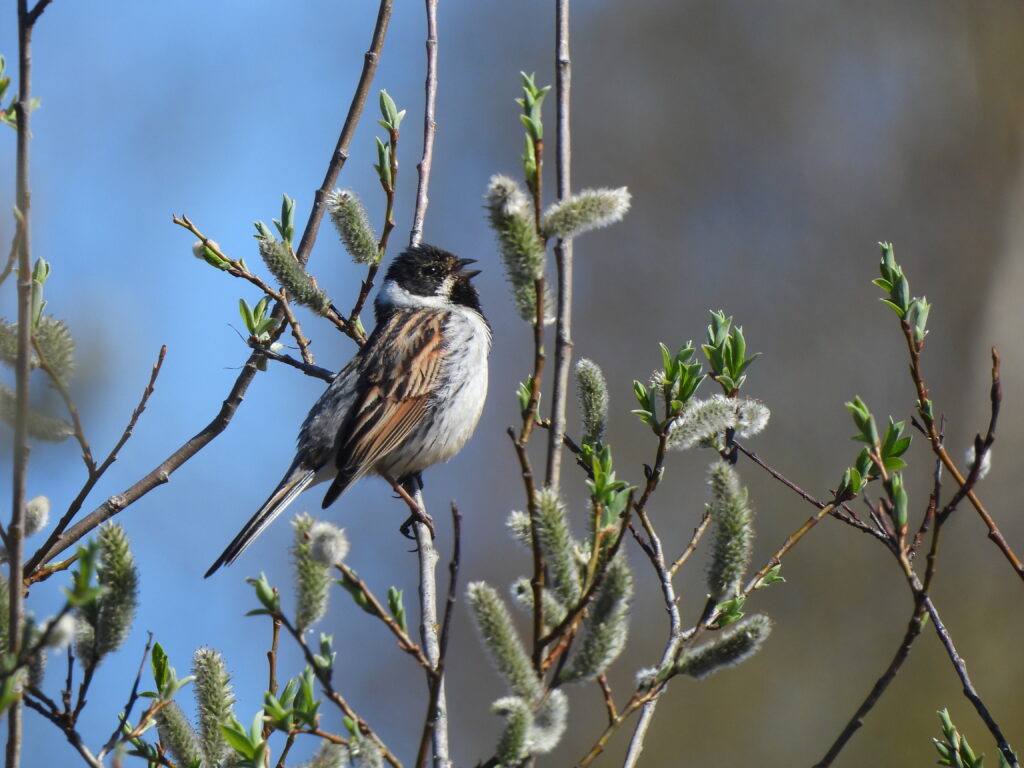
Friday 24th was a magical day. After an awesome farewell picnic with friends and good food, we left for yet a new night bird session. Giorgio, Valeria, Amaia, Mihika and I rode the bike around Vanhankaupunginlahti as light faded away. A quick stop near my place in Latokartano provided great looks of a water vole that even vocalized for us!

We reached the Fastholma tower looking forward to hearing a grasshopper warbler (Locustella naevia) that we never contacted. Sedge warblers and thrush nightingales were, instead, plentiful. We noticed how the orange sky reflecting over the water let us see fish and other wildlife despite being already 23:30. We notice a mammal swimming surrounding the reed limit in front of us. After years of looking for them in the bay, a European otter (Lutra lutra) showed up for us. We all got extremely excited and, satisfied, soon called it a day.

On my last day, Saturday 25th, I joined again Mihika, Amaia, Valeria and Giorgio for an afternoon birding session in a place we’ve never been to together. The scarce greenish warblers (Phylloscopus trochiloides) were just starting to arrive to the region, and the old growth forest of Haltiala, in the central park of Helsinki, is a good place to try and hear them. Although we eventually didn’t succeed with this species, we enjoyed a productive evening.
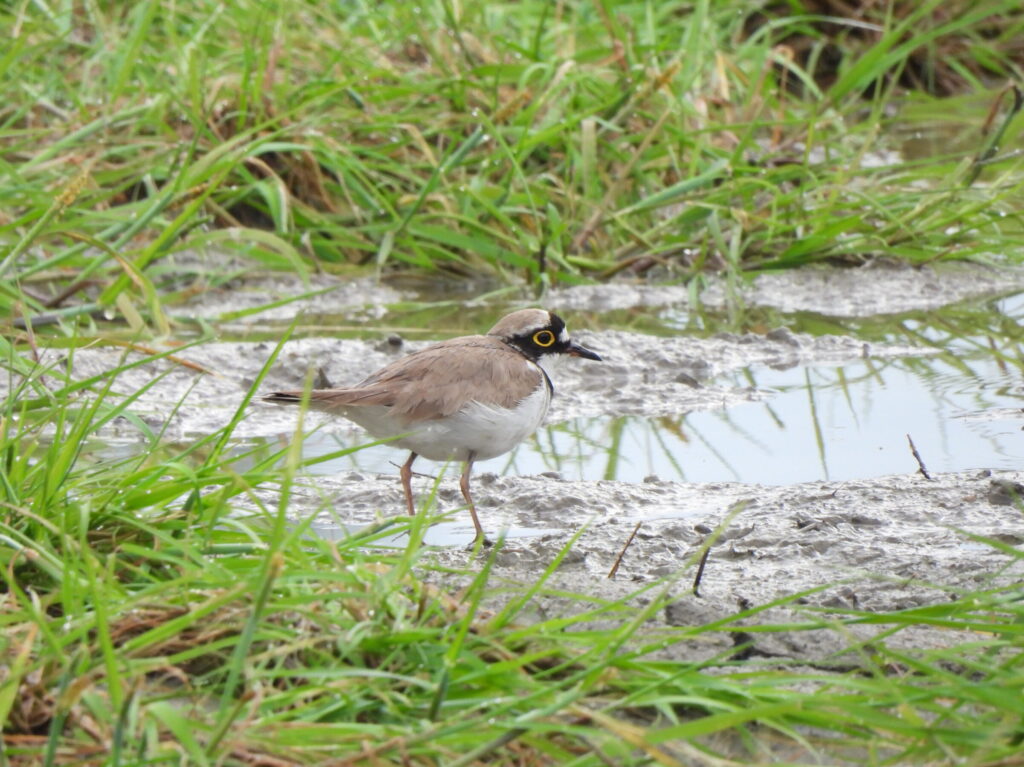
I first gave a try for the species alone around my place, in the forest of Hallainvuori. Several tree pipits (Anthus trivialis), European pied flycatchers (Ficedula hypoleuca) and willow warblers seemed busy with the endeavors of reproduction. I was happy to find a singing male common redstart (Phoenicurus phoenicurus), a species I had never spotted singing inside of Helsinki.
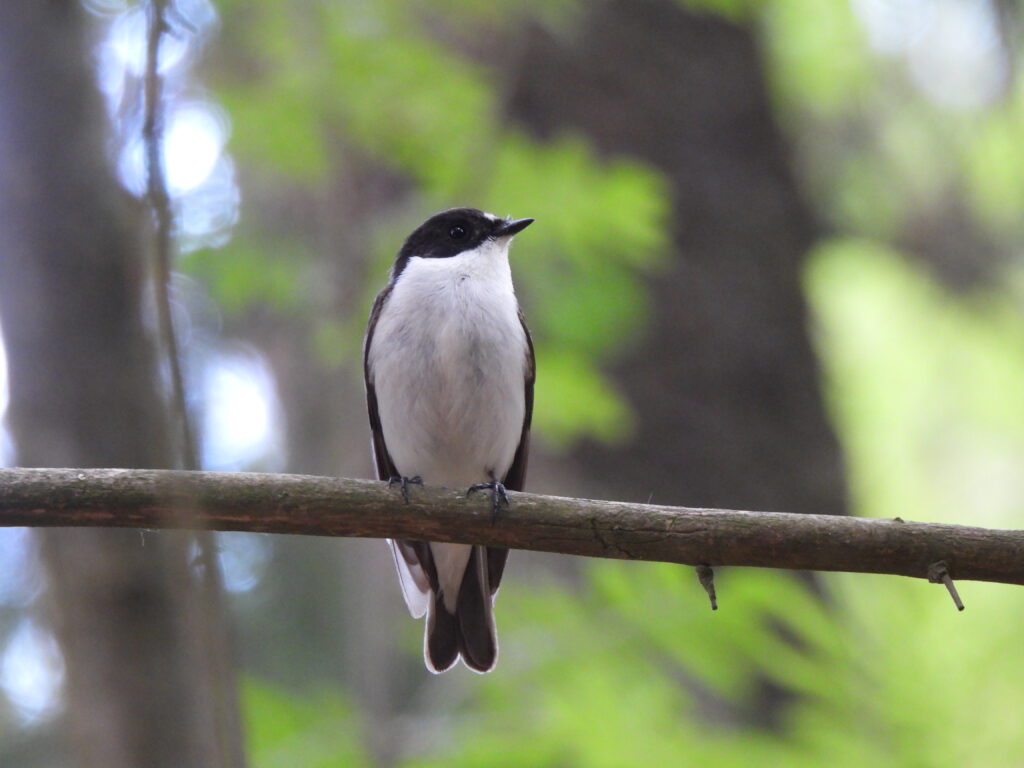
That was the first rainy day after weeks of sun shining, but we visited the forest regardless. When we reached the Paloheinä golf courses, in a little puddle, two little ringed plovers, a northern lapwing and several Eurasian skylarks (Alauda arvensis) gave us unusual photographic opportunities under the light rain. A common cuckoo (Cuculus canorus) called from the distance.
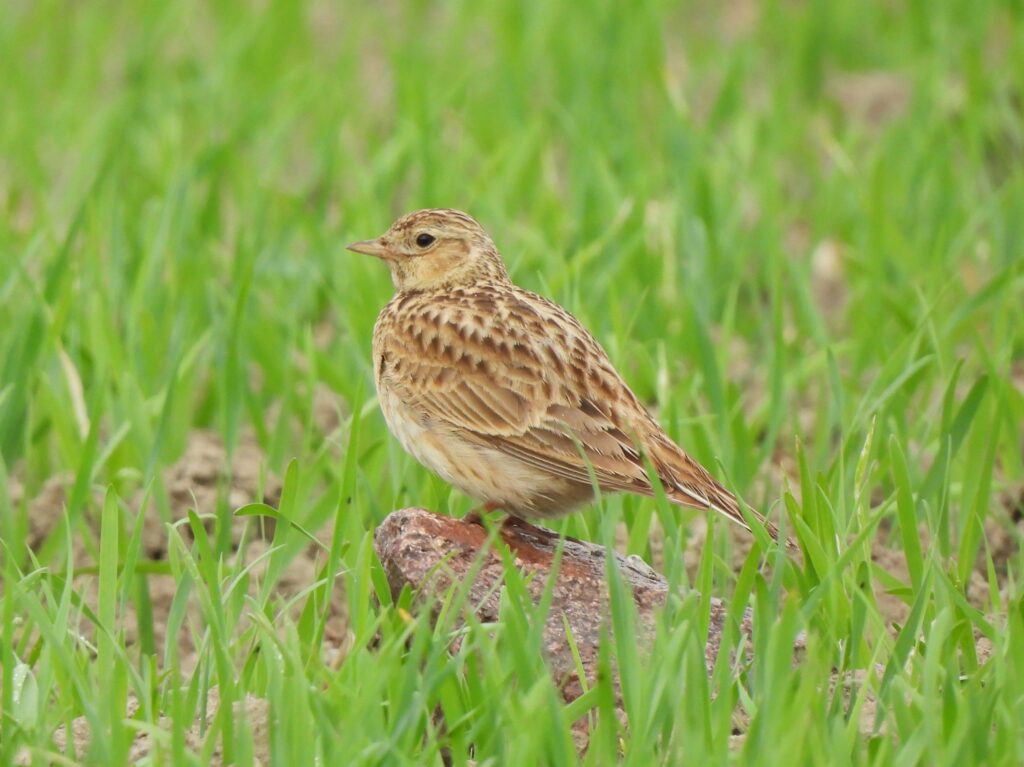
The old growth forest of Haltiala is quite impressive in itself. Amaia showed us her work in the area, as she was helping in an ant nest monitoring project. We soon managed to connect with an exciting bird quite restricted in southern Finland to this and few other mixed forests: several territorial red-breasted flycatchers (Ficedula parva) males, a lifer for all my friends.

While we put good effort to get decent views of the tiny, restless red-breasted flycatcher, we connected with a black woodpecker (Dryocopus martius) and an important number of Eurasian treecreepers (Certhia familiaris), common blackbirds (Turdus merula) and wood warblers. We lost track of time while walking and sitting in the forest. On our way back, the light started fading away but we spotted four hawfinches (Coccothraustes coccothraustes) on top of tall spruces close to Paloheinä. An exciting find, although we discussed that these birds might often go overlooked due to their discrete habits.
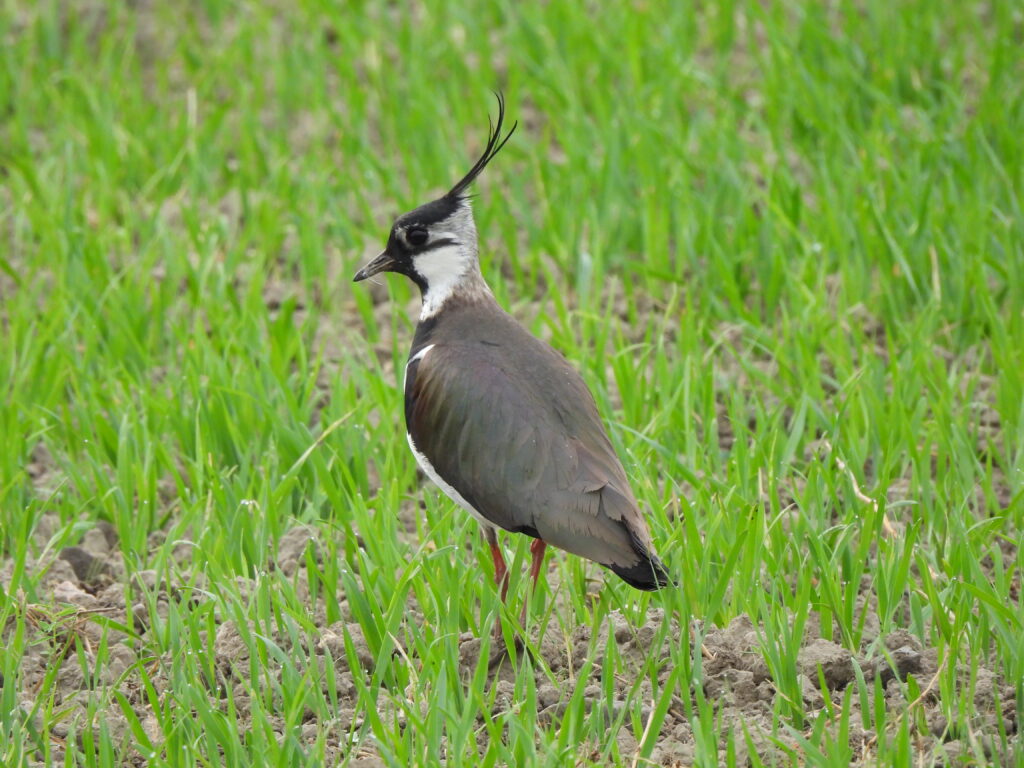
The golf course of Paloheinä has a series of small lakes with surprisingly high bird diversity. In one of them, we spotted nesting European coots (Fulica atra) and three horned grebes (Podiceps auritus) — both endangered in Finland and the later very scarce within Helsinki. They share this tiny lake with a pair of Eurasian wigeon (Mareca penelope). A red fox (Vulpes vulpes) joined the party and got rather too close to the coot nest, but ended up hunting some small prey a bit further away. In the field around, there were two whooper swans (Cygnus cygnus), a group of white-tailed deer (Odocoileus virginianus), some roe deers (Capreolus capreolus) and moor frogs (Rana temporaria).

As we left the forest and the golf courses, the time to say goodbye arrived. A redwing (Turdus iliacus) sang in the dark while the last Eurasian woodcock (Scolopax rusticola) and northern bat (Eptesicus nilssonii) that I’ll likely see in a while ventured out of the forest and flew over us, close to the street. Nature in Helsinki has been particularly stunning this week. Sharing this passion with friends and spending these days (and years) together has truly been a gift.

